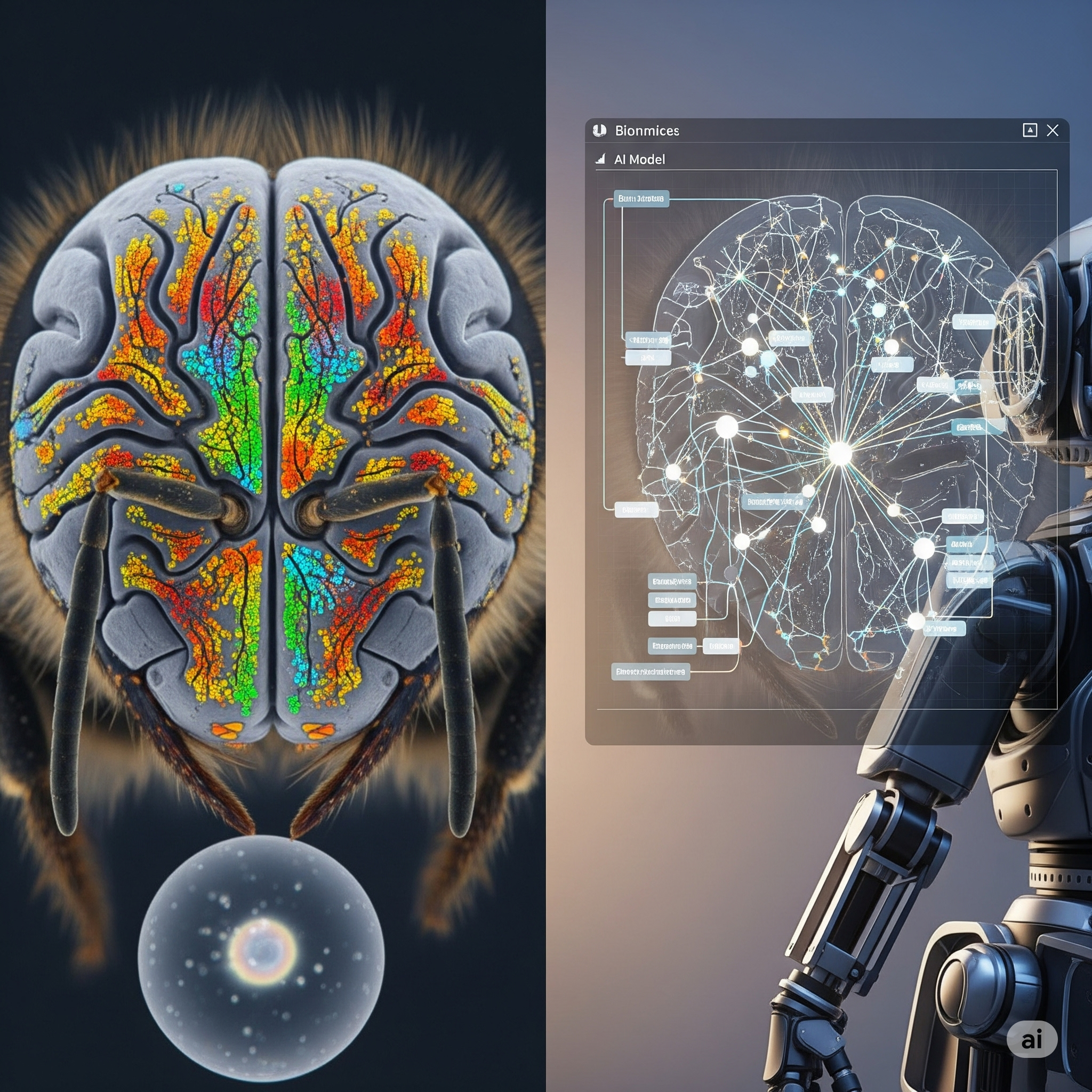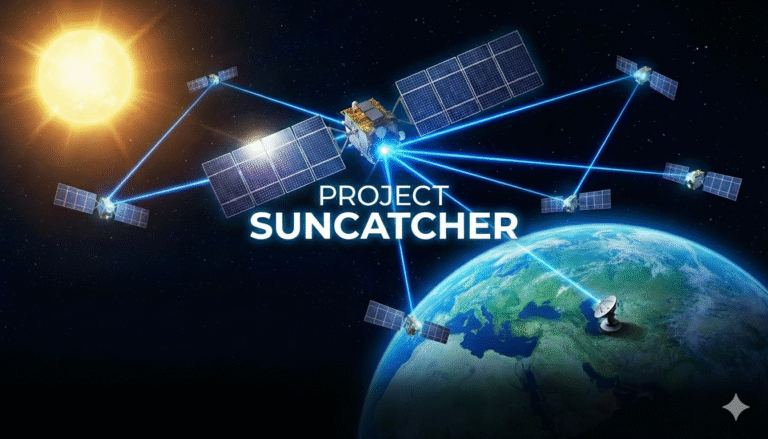The Buzz About Bee Brains: Small Insects, Big Lessons
In the world of artificial intelligence and robotics, engineers often look to nature for inspiration. One of the most surprising sources? Bees. Despite having brains no larger than a sesame seed, bees exhibit complex behaviors such as navigation, decision-making, and pattern recognition—skills that are still challenging for modern AI systems.
Recent studies have shown that analyzing the flight patterns and visual cognition of bees can provide new insights into creating efficient, low-power AI systems. These developments are especially exciting for fields like drone navigation, autonomous robotics, and image recognition.
How Bees Navigate the World
Bees are known for their uncanny ability to travel miles away from their hive, identify flowers, and return home without getting lost. They rely heavily on visual cues, using landmarks, light polarization, and the sun’s position to chart their course. Scientists have observed that bees:
- Use optic flow to judge distances and avoid obstacles.
- Perform waggle dances to communicate directions.
- Exhibit spatial memory to recall flower locations.
These feats are performed with brains containing less than one million neurons, compared to the human brain’s 86 billion—a testament to evolutionary efficiency.
Implications for Artificial Intelligence
1. Lightweight Neural Networks
Bee cognition has inspired the development of simplified neural networks that mimic their visual processing abilities. These systems can:
- Recognize shapes and patterns.
- Track motion and direction.
- Optimize computational power for embedded AI in small devices.
This approach is especially useful in edge computing and low-energy environments like micro-drones.
2. Visual Recognition
AI still struggles with recognizing complex objects in cluttered environments. Bees, however, can identify flowers of specific shapes and colors among many. Modeling this kind of recognition has helped improve convolutional neural networks (CNNs) used in computer vision.
3. Swarm Intelligence
Bees don’t just operate individually—they thrive in colonies. Their collective decision-making models are now being used to simulate group intelligence in robotic swarms, particularly in applications like disaster response, agriculture, and search-and-rescue.
Real-World Applications of Bee-Inspired AI
• Autonomous Drones
By mimicking bee flight, drones can now fly more efficiently and avoid obstacles using fewer sensors and less computation. Startups and research institutions are already testing prototypes for:
- Forest mapping
- Crop monitoring
- Package delivery
• Miniature Robots
Robots the size of insects could be deployed in areas inaccessible to humans, such as collapsed buildings or contaminated zones. Bee-based navigation algorithms help these robots maneuver without GPS.
• Medical Imaging
Bee vision strategies are being used to fine-tune pattern recognition software that identifies anomalies in scans or x-rays, potentially improving early diagnosis.
The Future: AI That Thinks Like a Bee
This research represents more than just novelty; it’s a roadmap for the future of intelligent machines. By embracing neuro-inspired design, we can develop AI that doesn’t need massive computing resources to make intelligent decisions. This is particularly important as we seek to develop:
- Sustainable AI systems
- Smarter micro-devices
- Adaptive, real-time decision-makers
Challenges Ahead
While promising, this field is still in its early stages. Key challenges include:
- Accurately modeling neural processing in insects
- Translating biological behaviors into scalable algorithms
- Ensuring adaptability across environments
Despite these hurdles, the momentum is strong. With interdisciplinary collaboration between entomologists, neuroscientists, and AI engineers, we are inching closer to machines that learn from the natural world.
Conclusion: Big Things Come in Small Packages
Bees, once admired solely for their ecological importance, are now emerging as icons of computational brilliance. Their compact, efficient, and resilient brains provide a living blueprint for the next generation of AI and robotics.
So, the next time you see a bee buzzing by, remember: it might just be carrying the secret to smarter, leaner, and more adaptive machines.









+ There are no comments
Add yours